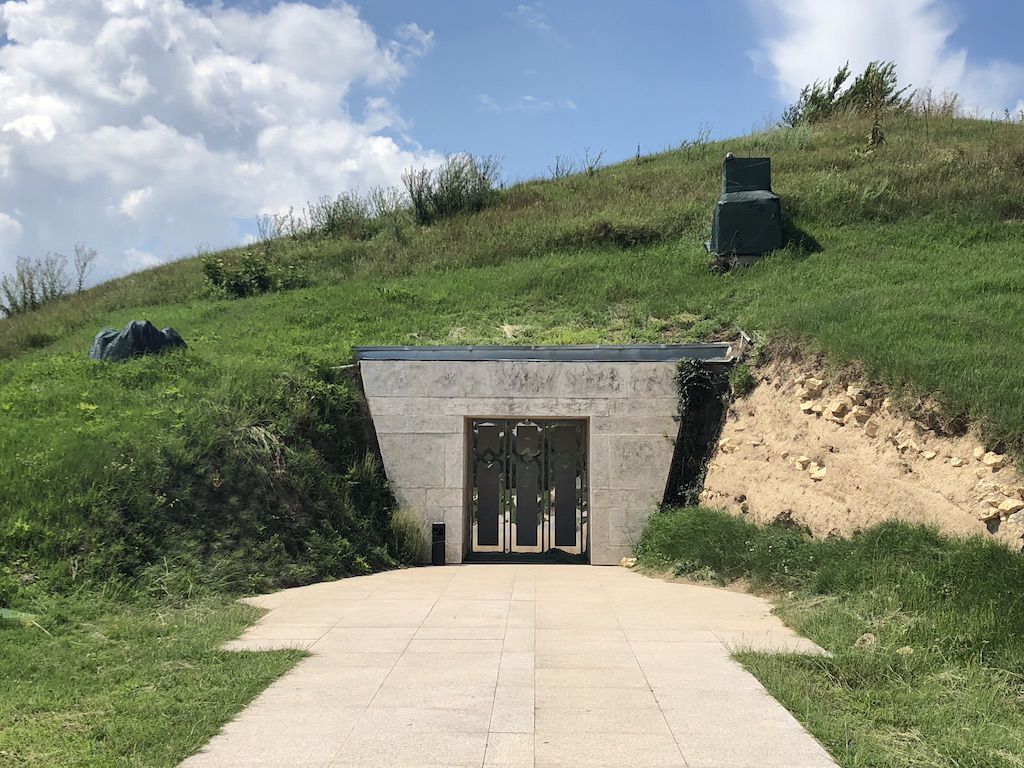Date and Time of Visit: July 18, 2018, approximately 2:00 p.m.
We saw a total of three World Heritage Sites that day. The second one is the Thracian Tomb of Svestari, which is located in the area a little north of the city, after the Madara Knight statue that we visited first thing in the morning.
The Thracians were a people who were based in Bulgaria in ancient times. Their tombs are said to be very cultural and beautiful. The tombs of the royal and noble families were decorated with beautiful precious metal ornaments. However, many of them were already destroyed by grave robbers. However, some of the tombs, which were miraculously never discovered until the 20th century, are now preserved as valuable archaeological sites, and some of them are open to the public.
There are two well-preserved Thracian tombs in Bulgaria that have been selected as World Heritage sites. The first is the Thracian Tomb of Kazanlak, which we visited two days ago, and the second is the Thracian Tomb of Sveshtari.
The area between the villages of Malak Polovets and Svestari in northeastern Bulgaria, known as « Subolyanovo », is an area where many remains of ancient settlements, sacred sites, and cemeteries have been found. Among them, the Thracian King’s Tomb of Sveshtari, which was excavated in 1982 from Gynina Mogila, the seventh hill of the Eastern Tomb Complex of Subolyanovo, is a particularly important archaeological site, boasting an overwhelming scale of 7.5 meters in depth, 6.5 meters in width at the front, and 4.45 meters in height inside the tomb chamber. It is regarded as a particularly important archaeological site. It was built in the 4th to 3rd century BC.
It takes about two hours from the Madara Knight Statue with a break, and you will arrive in front of the ruins of Sveshthali Village, where there is nothing but green grassland.
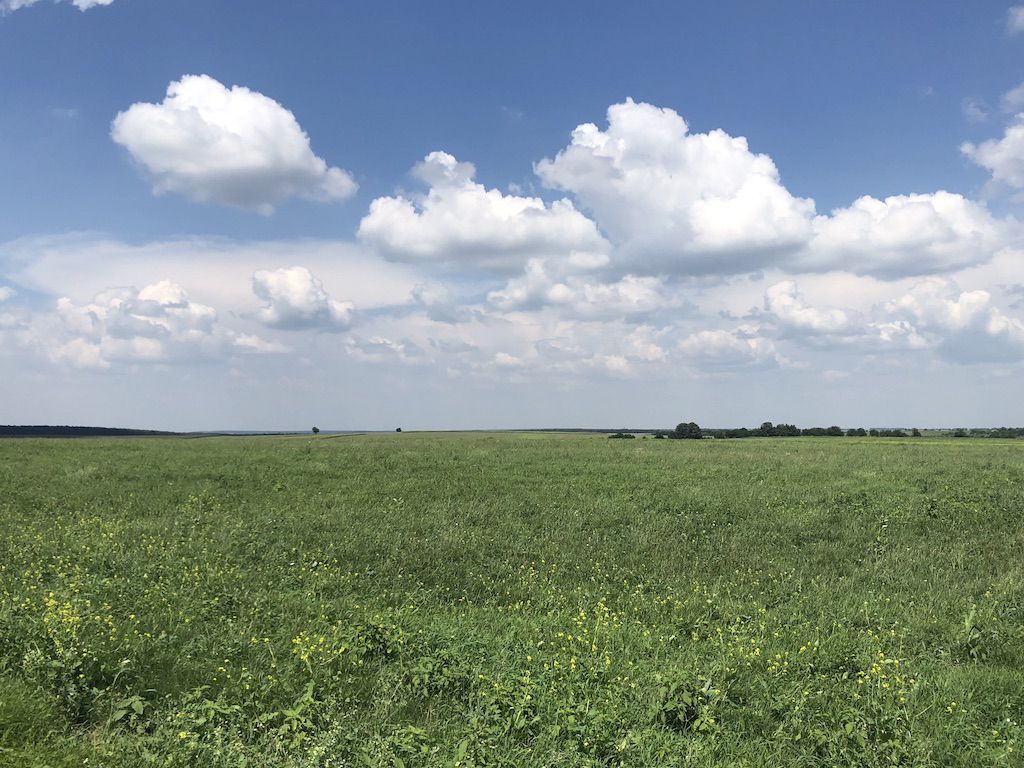
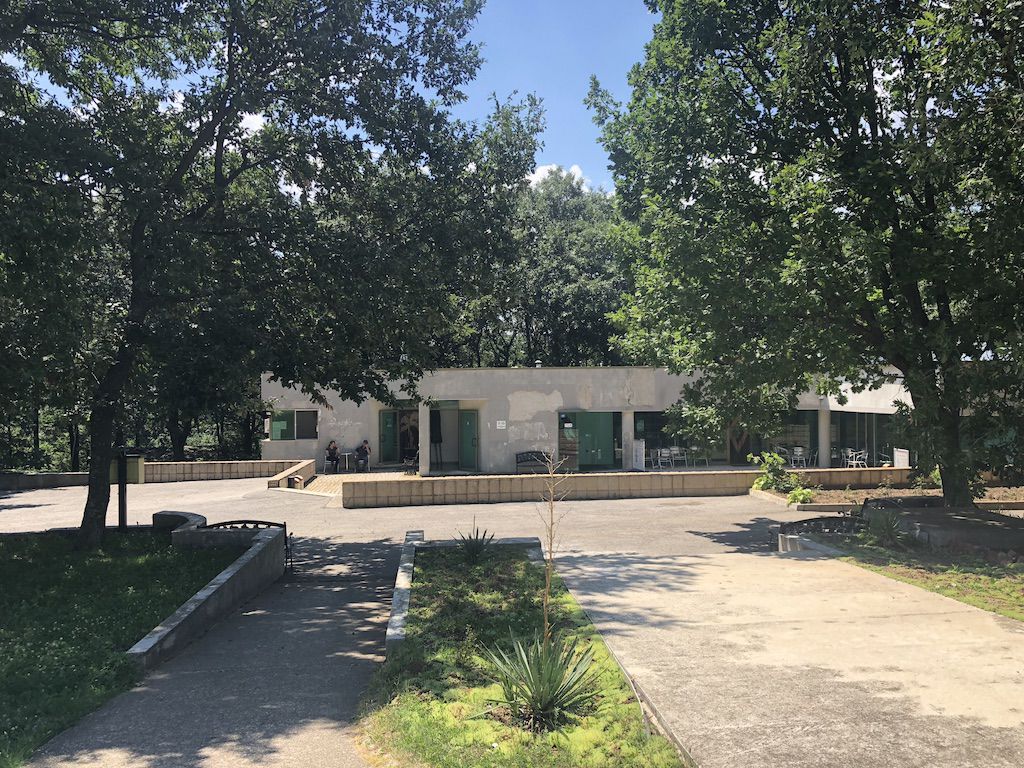
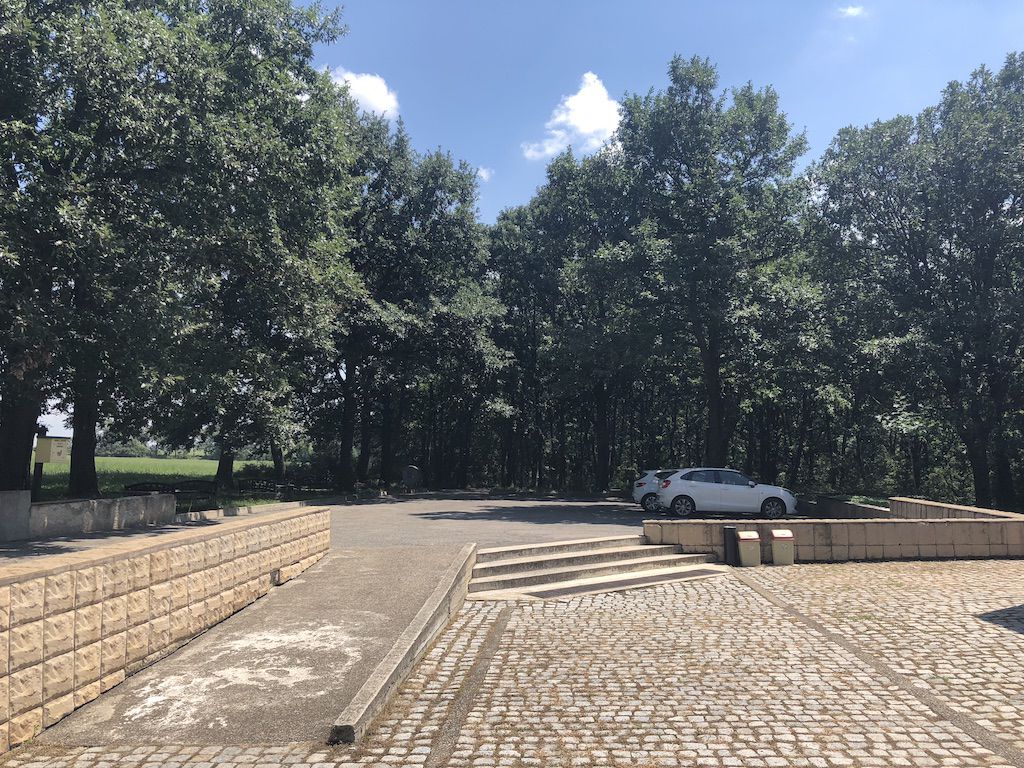
We arrived at around 2:00 p.m. There were no tourists except us at the time of arrival. We were worried about whether we could visit the museum, but we were told that we could visit only by guided tour. We were told that there was an English-speaking guide, so we were made to wait for about 15 minutes, and then the guided tour started. It was a guided tour for only two of us, a couple. I left my SLR camera in the car because I was told at the time of application that photography is prohibited.
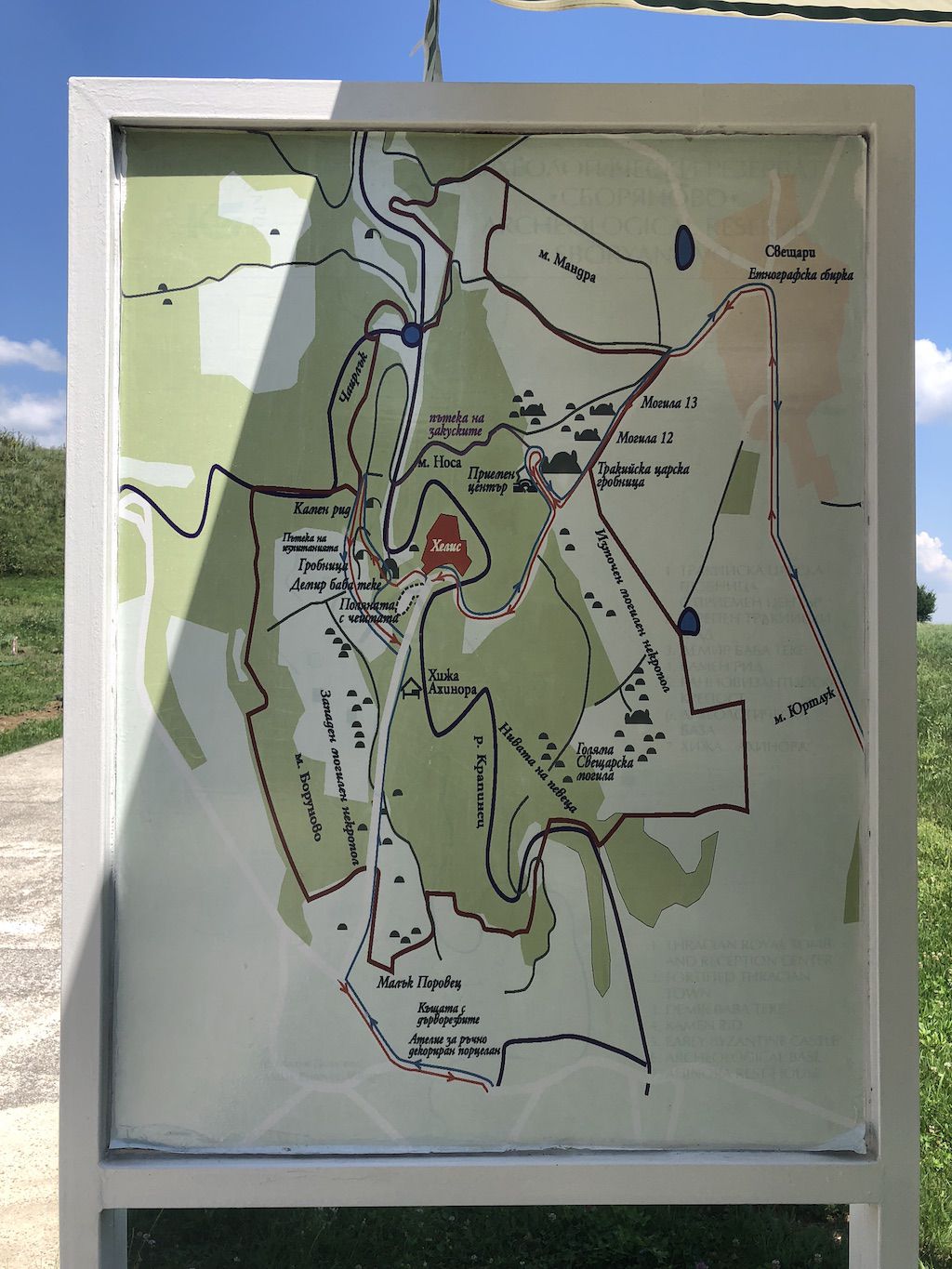
The first thing that struck me was the entrance to the Thracian Tomb of Svesitari.
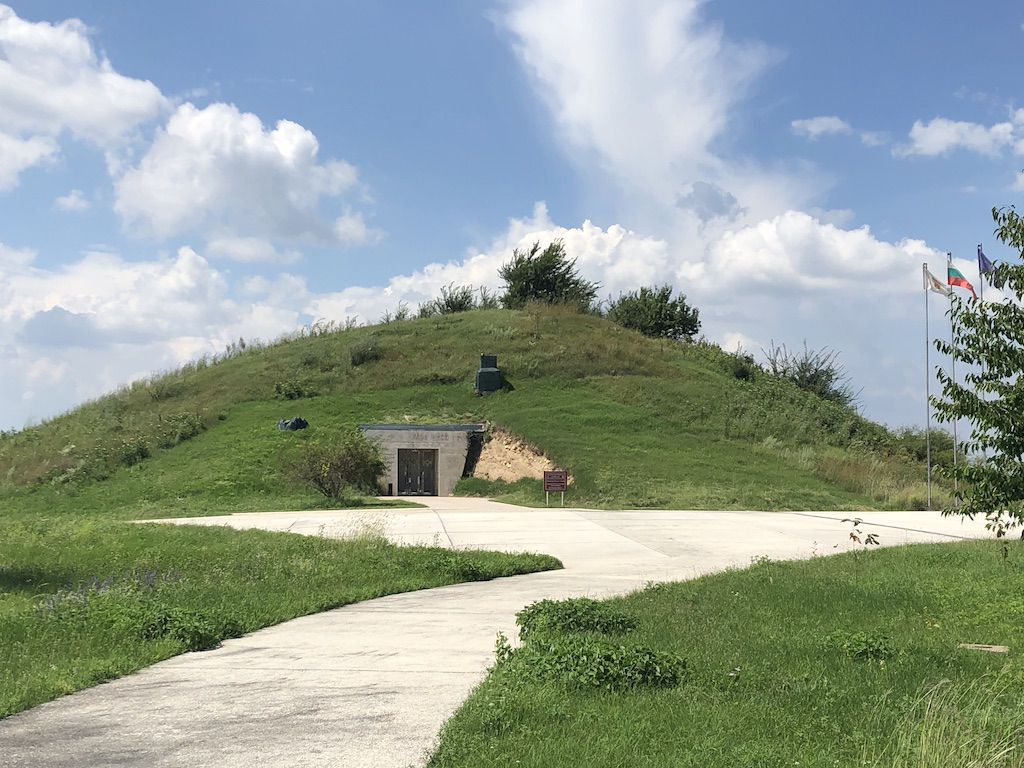
A thick door at the entrance of a small hill. It is closed tightly by an electronic lock, which is opened by an attendant with a code. The door opens slowly and thoughtfully. The feeling of power and discomfort was amazing. It was kind of like Zelda lol.
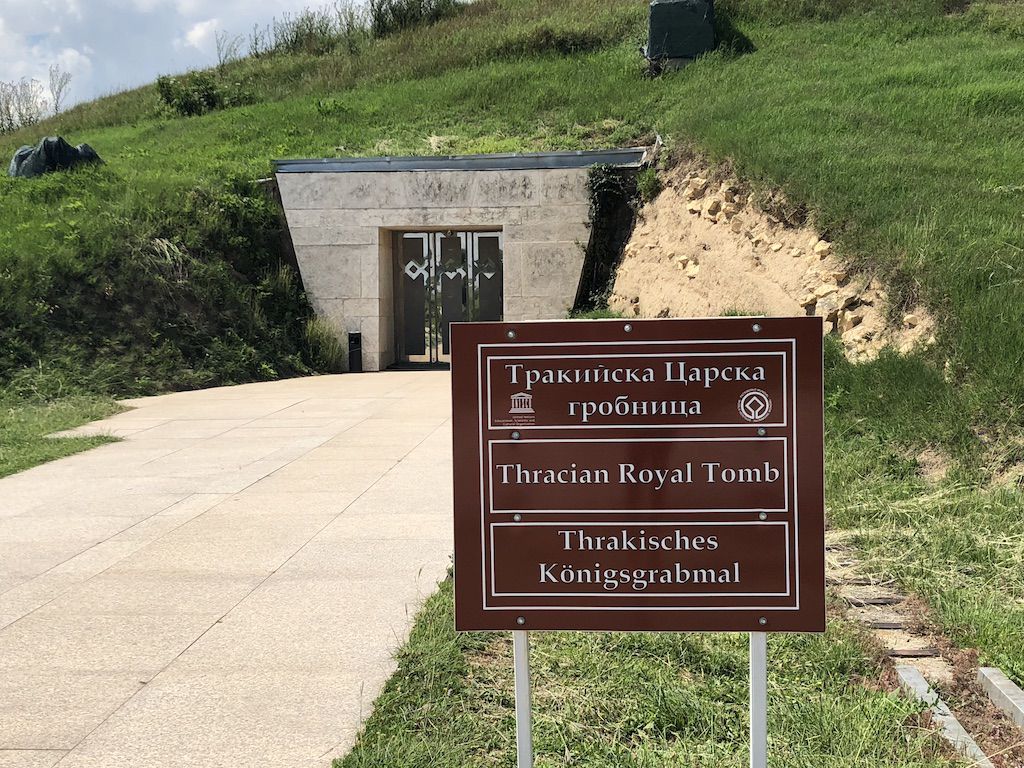
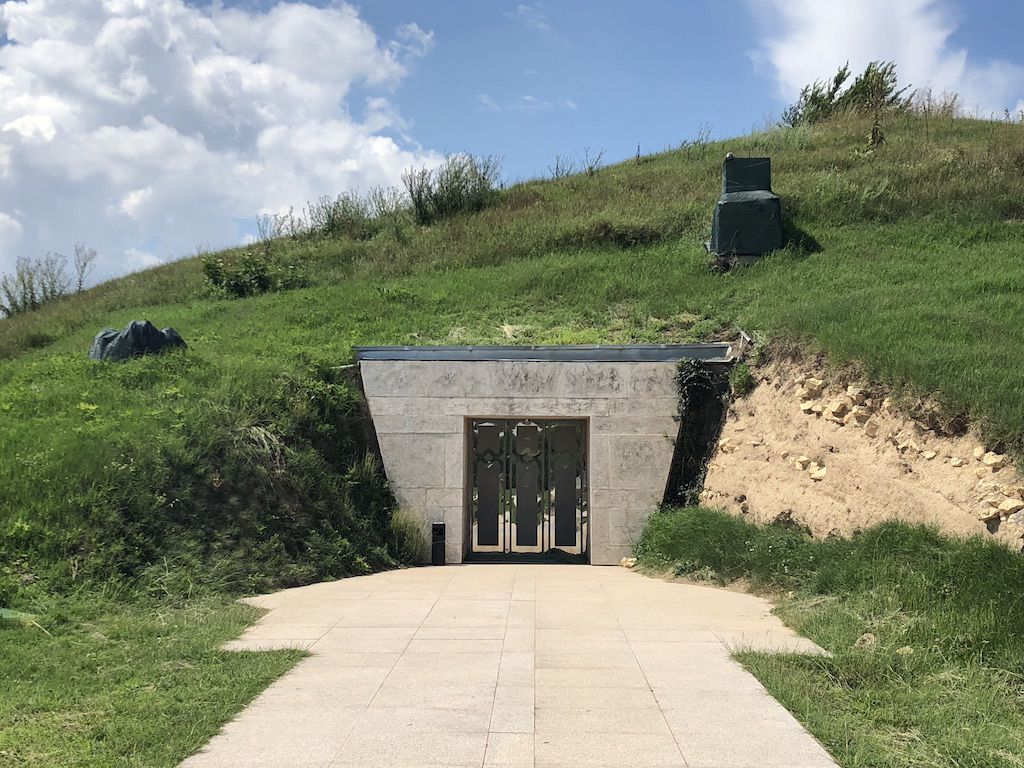
When we went inside, it was very cool, or even a little bit cold, and the air conditioning was on at gunpoint. And at the entrance, we were asked to put plastic covers (or maybe slippers?) on our shoes. ) on our shoes at the entrance. I felt that they put a lot of effort to protect the ruins.
Then we were led to the tomb. I was extremely impressed by the size of the tomb and its beauty, which exceeded my expectations. It is forbidden to take photos inside the tomb, so I will use the photos from the official tourist website of Bulgaria.
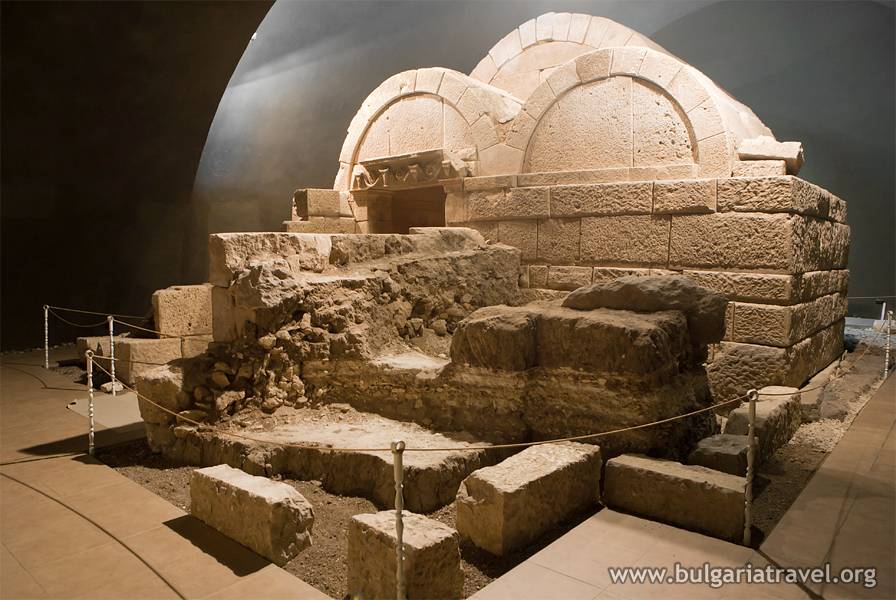
写真:ブルガリア・オフィシャル観光サイトより
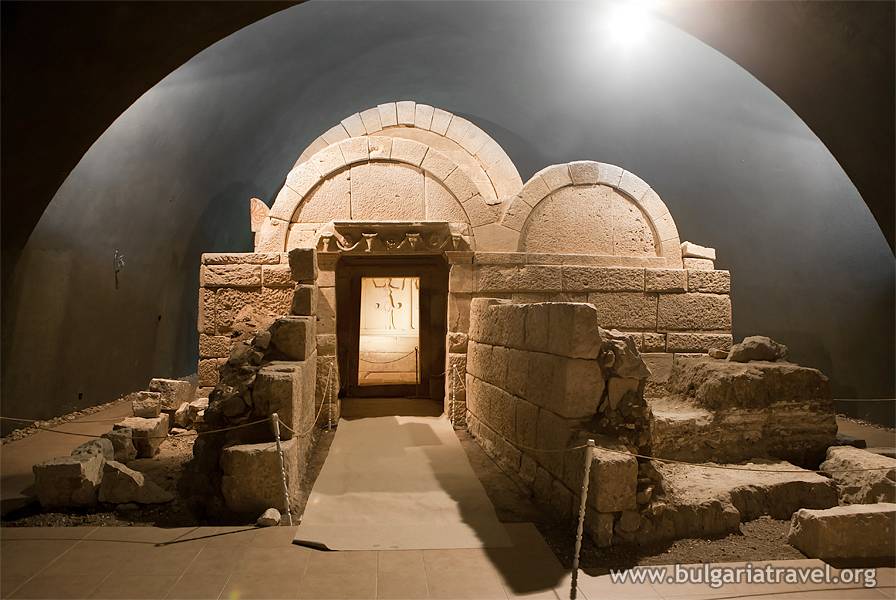
写真:ブルガリア・オフィシャル観光サイトより
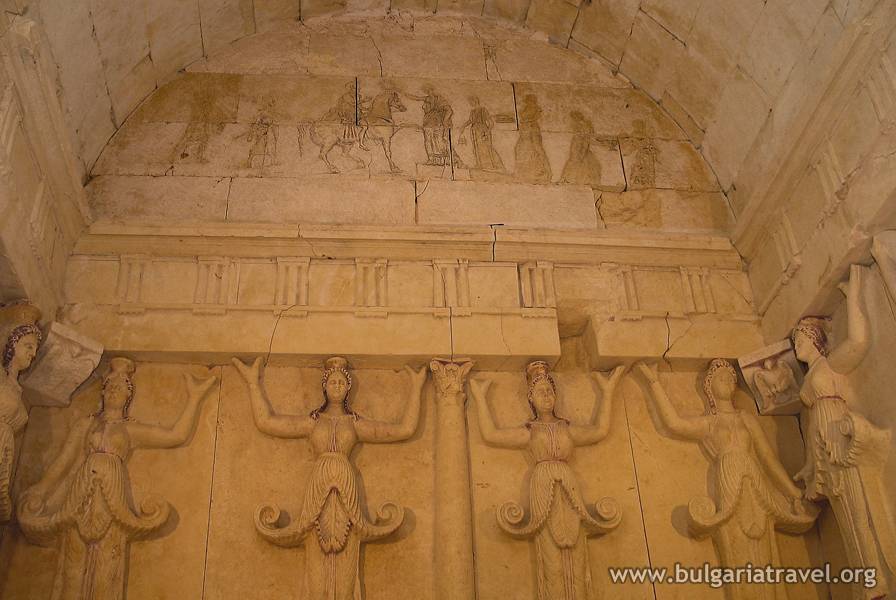
写真:ブルガリア・オフィシャル観光サイトより
The tomb is built from a large block of limestone and consists of a dromos (passage) and three chambers, each with a separate ceiling. The Hellenistic decoration, which also reflects the religion and customs of the Thracian Getae, is very characteristic and beautiful. The body of the king was enshrined in this tomb chamber. The unfinished decoration of the walls and ceiling suggests that the king died before it was completed. The ceiling is supported by a female statue called a caryatid, which is said to depict a deification scene of the king.
The Svesitari Tomb was inscribed on the UNESCO World Heritage List in 1985 on the grounds of its unique architecture and decoration.
Two tombs called No.12 and No.13 are also in the same area and can be visited. These tombs are also said to be from the 4th to 3rd century BC. However, this tomb is a little bit smaller than the other two, and it is not as solid as the Thracian King’s Tomb at Sveshtari, which is a huge refrigerator with a fine door like Zelda, but it is surrounded by a poor roof like an extension of prefab. In a manner of speaking, it is protected by this. However, the scale was also large and splendid here.
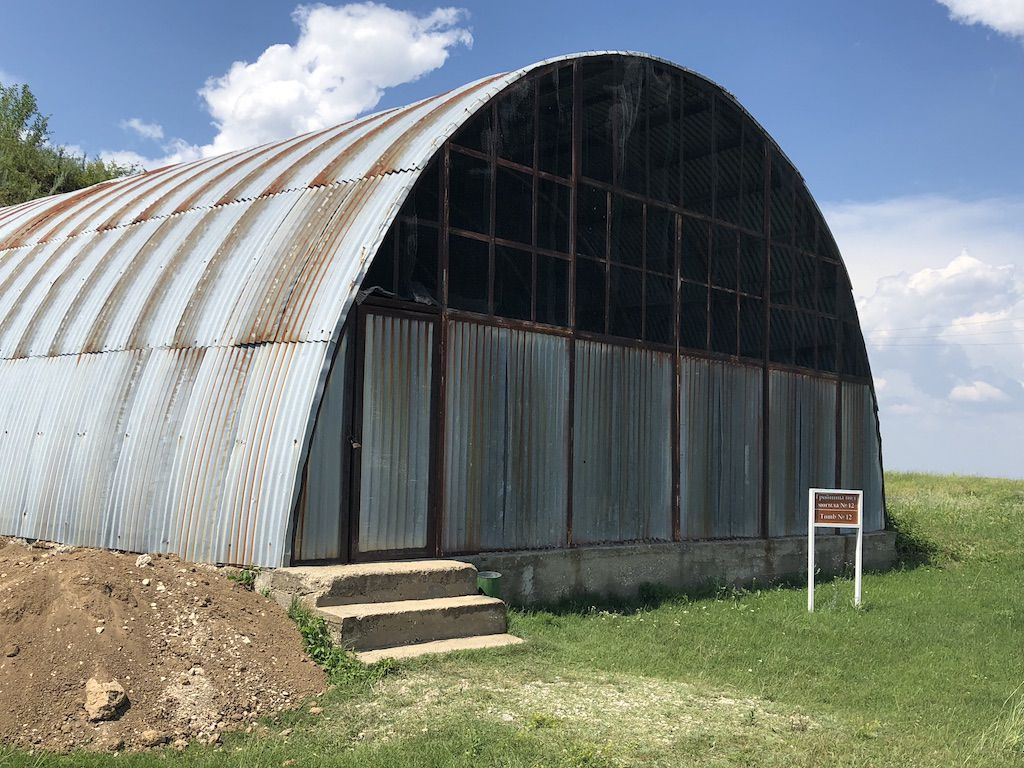
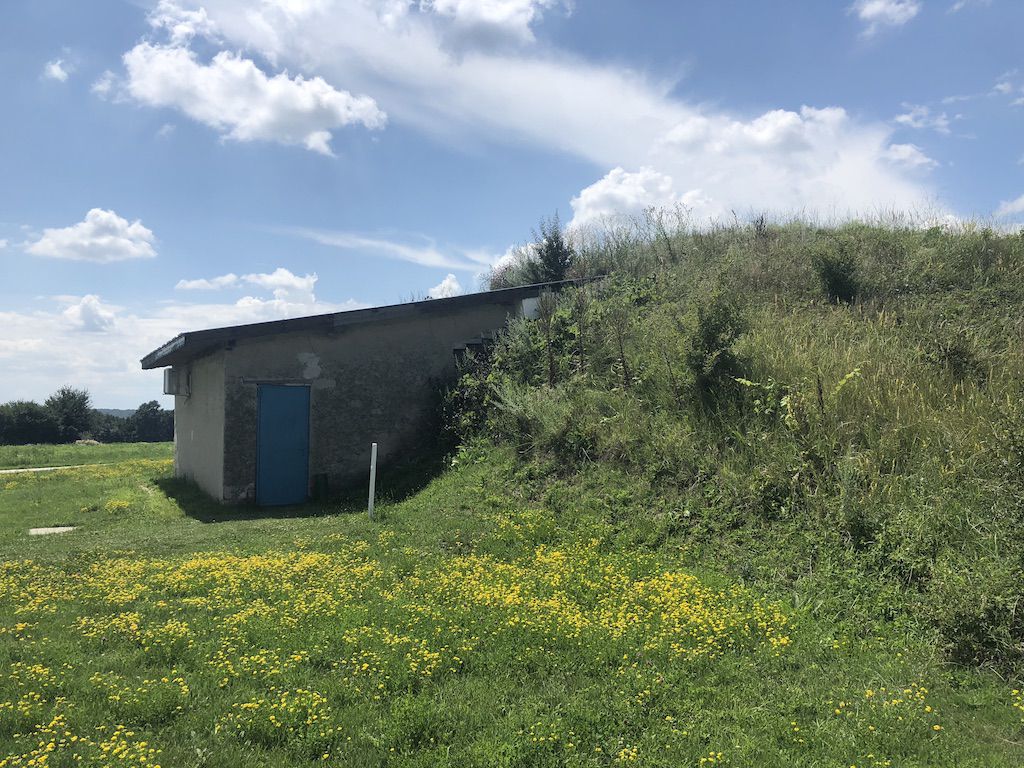
In addition to these, many other ruins have been found in this area.
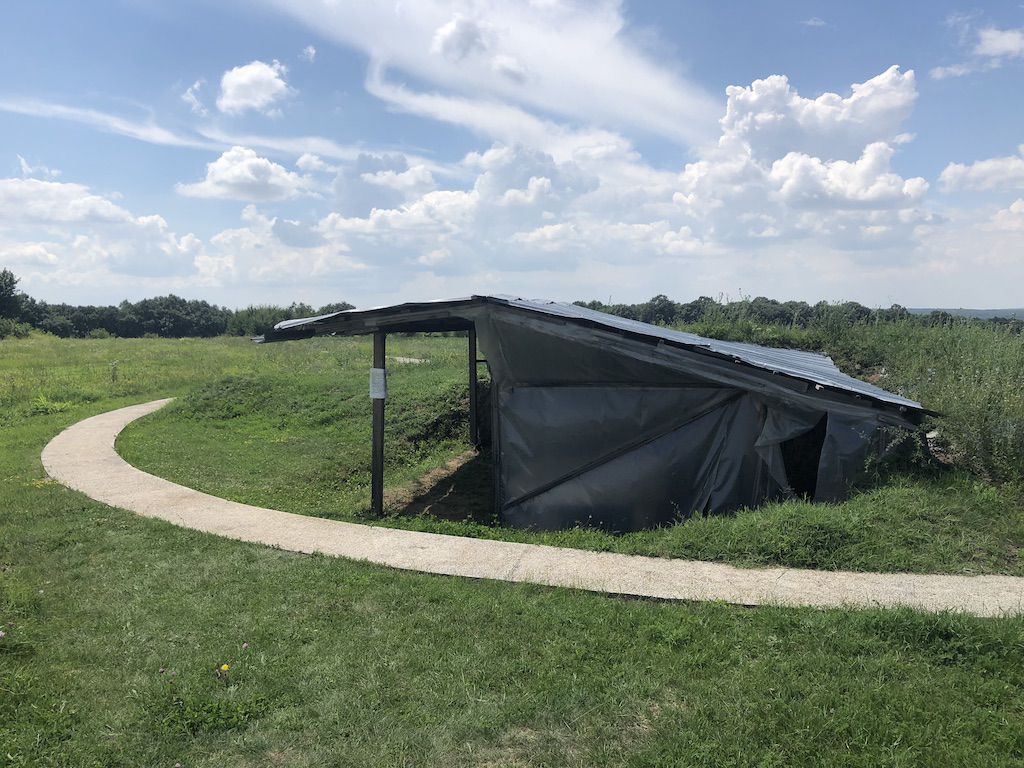
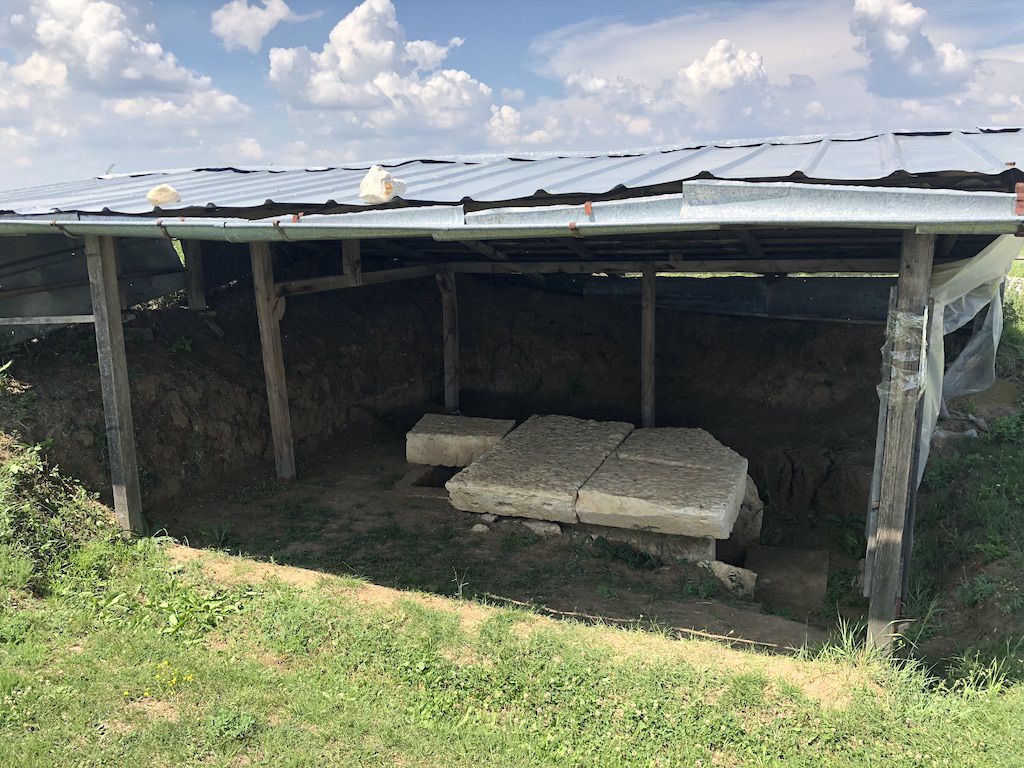
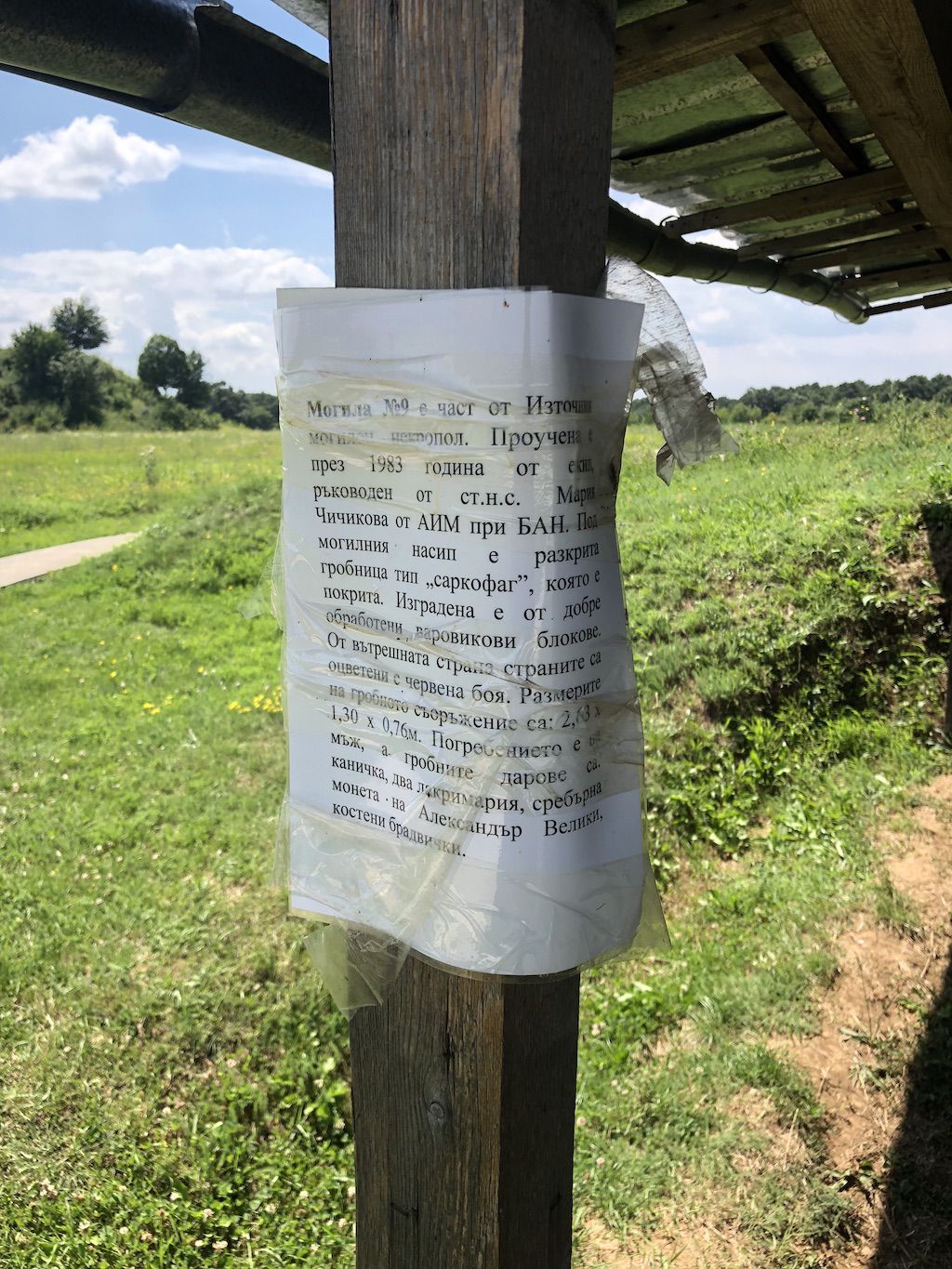
While the Kazanlak Tomb was only a replica, the Thracian Tomb of Svesitari was a very moving experience because we could see the real thing and the scale and beauty of the tomb was beyond our imagination.
